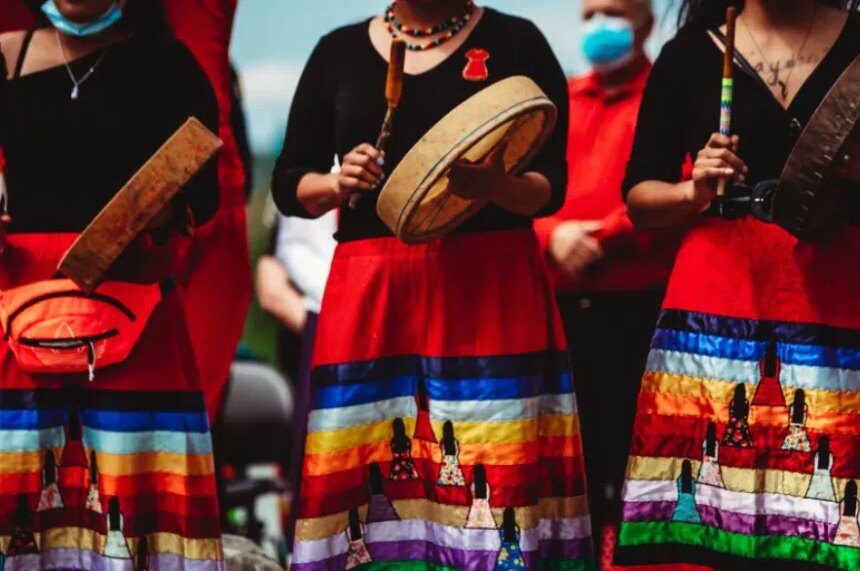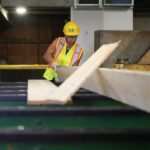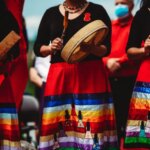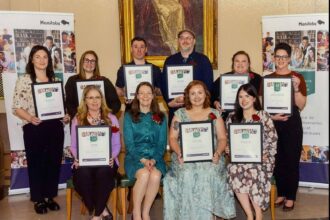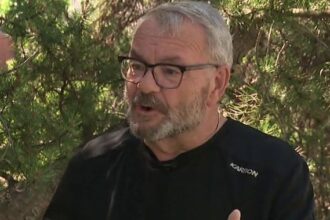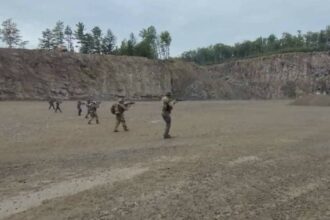The autumn sun cast long shadows across Wanuskewin Heritage Park as thousands gathered Monday to commemorate the fourth annual National Day for Truth and Reconciliation in Saskatchewan. The day—marked by a sea of orange shirts, traditional ceremonies, and powerful testimonies—has evolved from solemn remembrance into a multi-faceted celebration of Indigenous resilience, culture, and ongoing journey toward reconciliation.
“This isn’t just about acknowledging past wrongs,” said Elder Mary Whitstone during the sunrise ceremony that began the day’s events. “It’s about celebrating who we are as Indigenous peoples and creating spaces where our children can proudly embrace their identity and heritage.”
Across Saskatchewan, communities organized diverse activities ranging from educational workshops to cultural performances. In Regina, the RCMP Heritage Centre hosted an Orange Shirt Day powwow featuring dancers from across the province, while Saskatoon’s River Landing became a hub for storytelling sessions where residential school survivors shared their experiences with attentive audiences.
The provincial government reported record attendance at this year’s events, with nearly 30,000 participants across major urban centers and smaller communities alike. Education Minister Thomas Reynolds told CO24 News that school participation had increased 40% compared to last year, with curriculum-integrated activities extending beyond September 30th.
“We’re seeing a genuine shift in how these conversations are happening in classrooms,” Reynolds explained. “Teachers are finding meaningful ways to incorporate Indigenous perspectives year-round rather than treating this as a single-day observance.”
In Prince Albert, the Mann Art Gallery unveiled a permanent installation featuring works by Indigenous artists exploring themes of cultural identity and healing. Gallery director Christine Sawyer described the exhibition as “a living testament to the power of art in processing collective trauma and reimagining our shared future.”
What distinguishes this year’s commemoration is the emphasis on youth-led initiatives. At Saskatoon’s White Buffalo Youth Lodge, teenagers organized a “Knowledge Exchange” where elders taught traditional skills including beadwork, medicinal plant identification, and language basics to younger generations.
“I never had the chance to learn Cree from my grandparents,” said 16-year-old organizer Darian Thunderchild. “Creating these connections between elders and youth ensures our knowledge continues flowing forward instead of being lost.”
The economic dimension of reconciliation was also prominent in this year’s events. Indigenous-owned businesses reported significant community support, with many Saskatchewan businesses donating proceeds to Indigenous education initiatives. The Federation of Sovereign Indigenous Nations announced a new entrepreneurship program aimed at supporting Indigenous business development across the province.
Lieutenant Governor Russell Mirasty, Saskatchewan’s first Indigenous person to hold the position, addressed a gathering at the Legislative Building in Regina, emphasizing that reconciliation requires concrete action beyond symbolic gestures.
“Orange shirts and acknowledgments are meaningful starting points,” Mirasty said, “but true reconciliation demands systemic change within our institutions, economic structures, and daily interactions with one another.”
Health-focused events included wellness circles at Île-à-la-Crosse, where community members discussed intergenerational trauma and healing practices combining traditional knowledge with contemporary mental health approaches. Mental health professionals noted the importance of culturally appropriate support systems for residential school survivors and their families.
As darkness fell, communities throughout the province concluded the day with candlelight vigils honoring the thousands of children who never returned home from residential schools. At Batoche National Historic Site, participants placed handmade paper lanterns along the South Saskatchewan River—each bearing the name of a child who died while attending a residential school.
The path toward reconciliation in Saskatchewan remains complex and ongoing. While Canada’s national reckoning with its residential school legacy continues to evolve, these community gatherings demonstrate how commemoration can simultaneously honor painful histories while celebrating the vibrant cultures that survived despite systematic attempts at erasure.
As we witness this evolution of Truth and Reconciliation observances across Saskatchewan, one question remains particularly pressing: How can we ensure these moments of connection and understanding extend beyond designated days to fundamentally reshape our shared journey toward healing?

